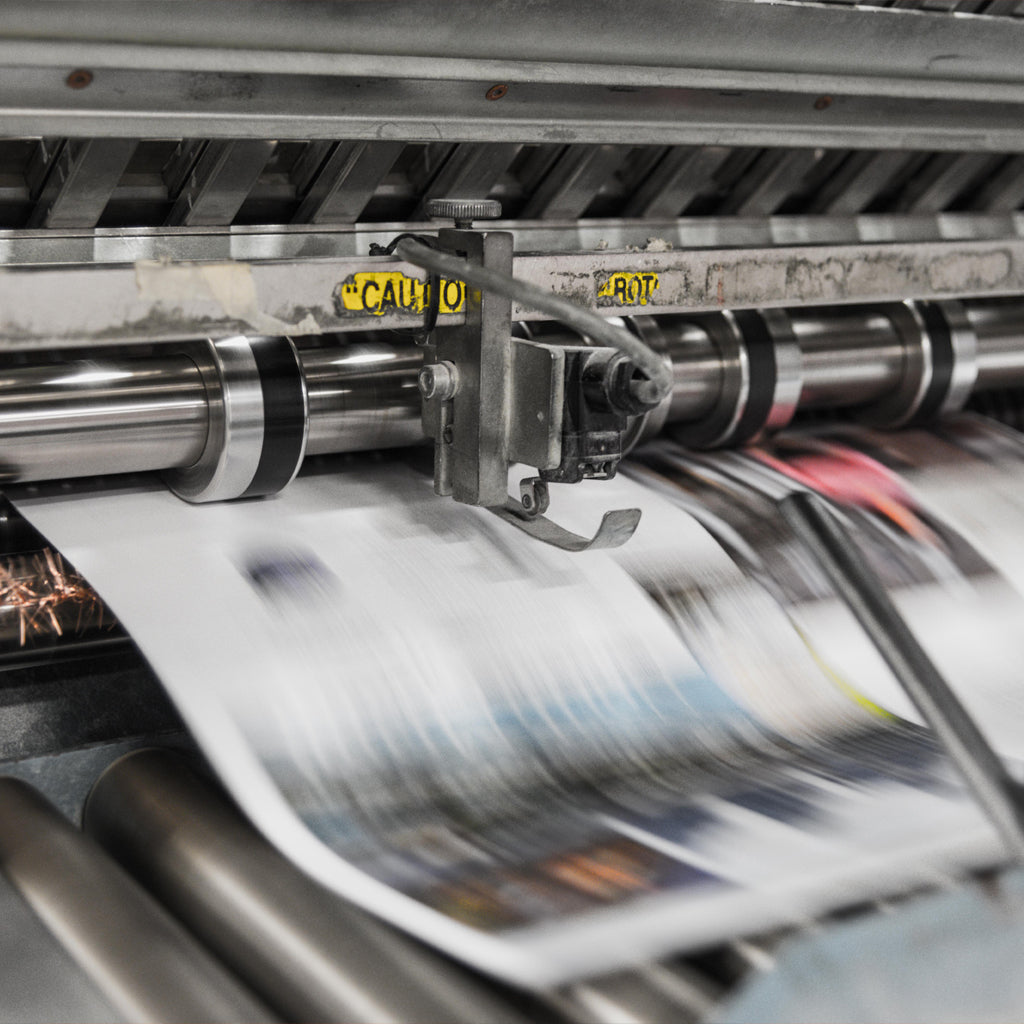Is There Any New Printing Technology?
For the most part, when we look around, it seems like we are stuck with the printing technologies that we are already familiar with. Remember the first inkjet printers we would use to print our school reports. I do not dare mention the dot-matrix printers until I am sure what is the age of my audience! Although, dot-matrix technology is still very prevalent in government services and quite adaptable for their use and reliability.

Coming back to our dear desktop inject A4/Letter size printers though. Replacing the ink cartridges was almost as expensive as buying a whole new printer with the ink cartridge included. In fact, we should talk about that one day, because it does not make sense... Our inkjet printers really carried us through a lot of our studies and even our work assignment, until we got our hands on the office laser printers, slash photocopiers, which unfortunately have seen a lot of body-prints over the course of their lifetime.
But we are in 2022 already, and are we really still talking about inkjet and laser printing technology? You would expect that we would have come so far as to have a wholly new technology. The graphic industry is surely a big market and it should have been a major impetus in driving research and innovation in printing.
Often, when a technology has reached a wide commercial grasp over consumers, it tends to stagnate.

But I don't think it would be the case with printing, because it boils down to aesthetics and visuals. The same way the TV technology is bringing us better and better image each year, with progressively newer technologies, you would expect the printing industry to have the same growth.
The past two years have seen a significant decline in print in general. Brands have not been publishing hardcopy catalogues; newsletters, manuals and other business publications have switched to digital editions. So, what's left to drive and maneuver the printing industry? Printing has almost become accessible to those who can still afford it. This shift in focus, from being accessible to everyone to suddenly accessible to the few who can still afford the luxury of going for print, has made the printing industry also shift its focus to a select few needs: high quality catalogue issues, art prints and legal papers and a few others that cannot be done digitally.

And these past two years have also determined the path of the printing technology: the inkjet route. Inkjet has the advantage of being made up of two simple components: printhead technology and ink.
Over the years, the main names in printhead technology have been Epson, Fujifilm, Konica, Kyocera, Ricoh, Xaar, Seiko, Xerox and Toshiba. Names that we are all familiar with. They are the major players that determine the pace of evolution of the printhead technology, which is measured in the following: ink supply type, viscosity, drop volume, print width, rows, nozzles, etc.
The other component of the inkjet printer, ink, also has major players like Canon and Epson and their advancements include ink with nanotechnologies!
We are excited with that that means to art printing and giclée, being inkjet technology, will be among the first to benefit from latest improvements!




